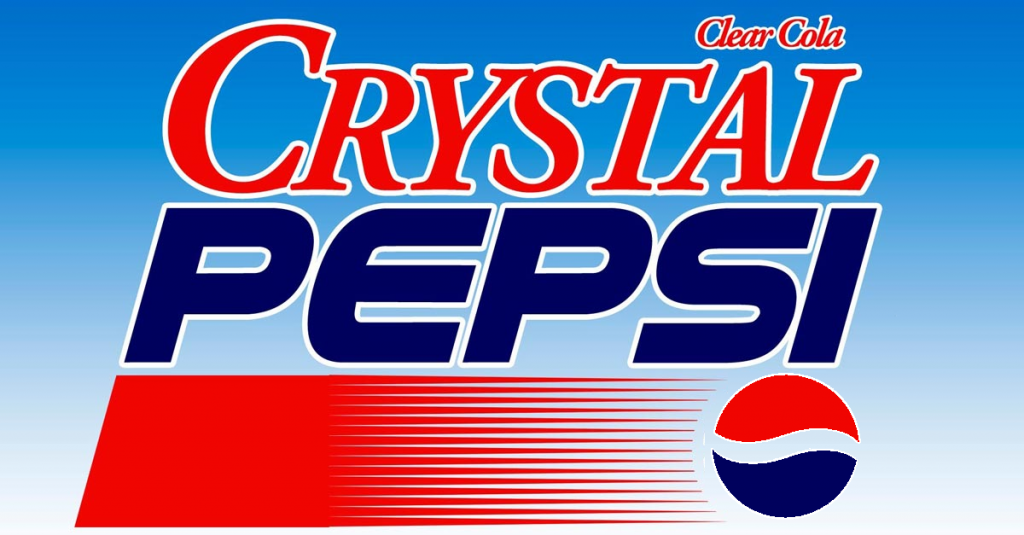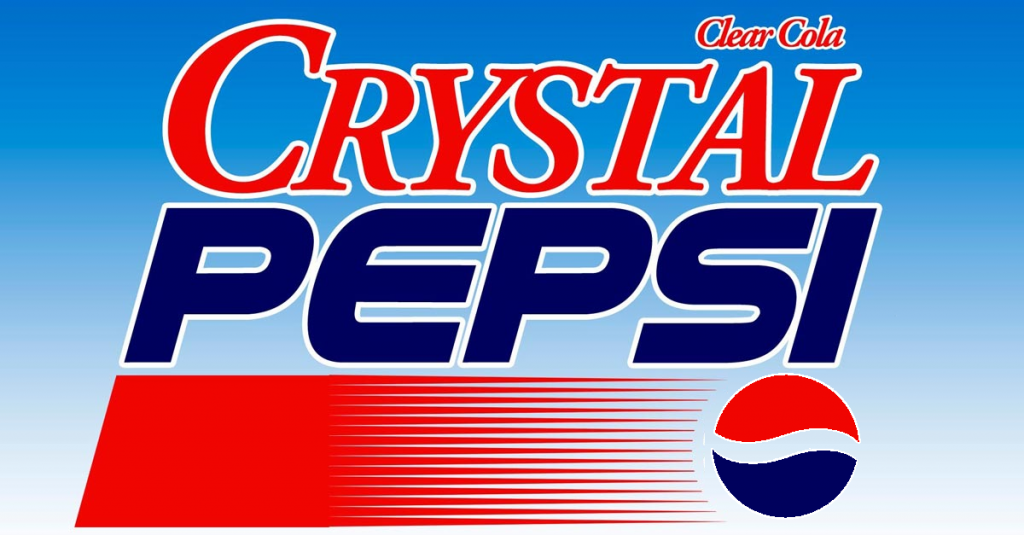Back in stores right now for the first time in more than 20 years: Crystal Pepsi, a transparent cola that came and went from stores in the early ‘90s. Why would Pepsi revive a failed product? Because it wasn’t totally a failure—it did quite well at first…until Coca-Cola knocked it out of existence.
There are a lot of urban legends surrounding Coca-Cola, and with varying degrees of truth. For example, it’s true that in the late 19th century, the beverage contained a small amount of cocaine. It’s not true that in the 1980s, the company released New Coke as a ploy to take its original Coca-Cola off the market for a few months so the company could replace the sugar with high fructose corn syrup and have nobody notice. (HFCS was put into the mix years before New Coke’s disastrous rise and fall.)
But in 1993, Coca-Cola released a product specifically designed to fail. Why would a company do that? Aren’t businesses in the business of making money? Usually, but this time the product was purposely bad, a sacrificial lamb of a product born to die…and also taking a competitor’s product down with it.
After a successful round of test marketing, Pepsi introduced Crystal Pepsi in 1992. Among the marketing tactics: free bottles included with newspaper deliveries in major cities and a Super Bowl commercial featuring Van Halen’s hit “Right Now.” Crystal Pepsi was one of the most successful new soda product launches in history, with more than $470 million in sales in its first year.
Naturally, Coca-Cola was not pleased. So the company did what most companies do when a rival unveils a new product: They released a copycat product: Tab Clear. But according to Sergio Zyman, Coke’s chief marketing officer from the time, everything about Tab Clear was meant to confuse consumers. For example, Coke’s beverage was branded as Tab—a sugar-free drink that hadn’t been popular since the 1970s and which was sweetened with saccharine, which was forever linked with causing cancer in laboratory mice. Zyman theorized that a clear Tab was so unhip, so dangerous, and so sugar-free, that consumers would think the same thing about Crystal Pepsi, a product so new that they hadn’t formed any lasting impressions of it yet. Tab Clear would die and take Crystal Pepsi with it, the thinking went.
And that’s exactly what happened. In late 1992, Coca-Cola sent Tab Clear to stores. It didn’t sell well at all, but then, as 1993 wore on, Crystal Pepsi’s sales precipitously dropped off, too. By early 1994, sales of Crystal Pepsi—and Tab Clear—were so bad that both were discontinued.

How Coke Killed Crystal Pepsi








